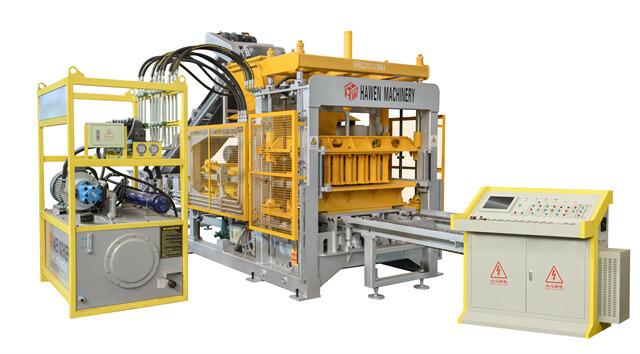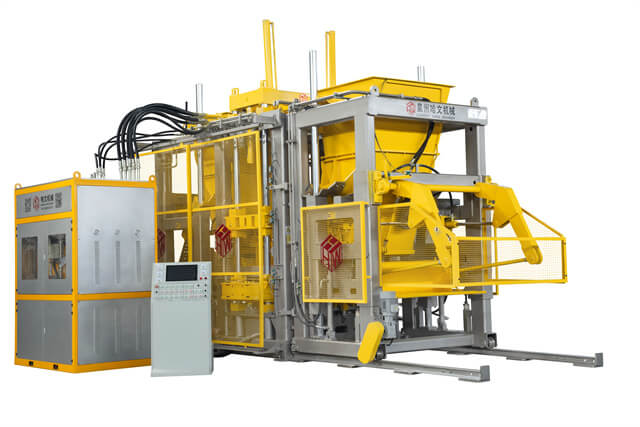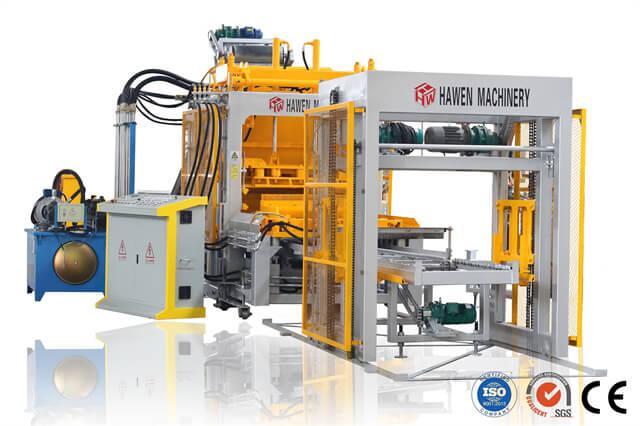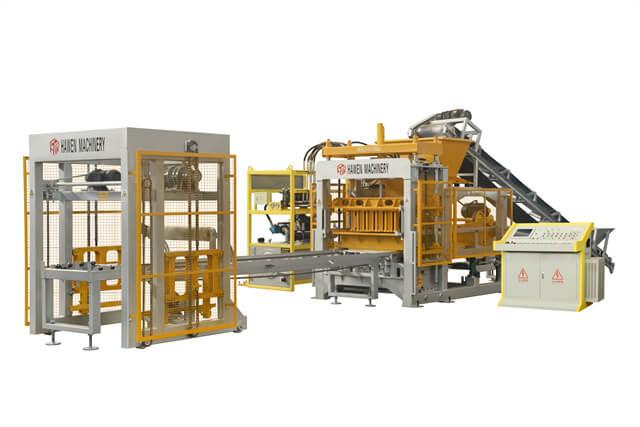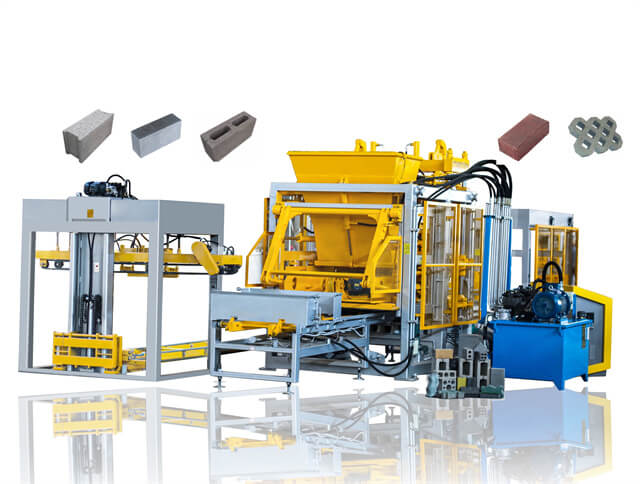Author:HAWEN Block MachineFROM:Brick Production Machine Manufacturer TIME:2024-05-08
Automatic block making machines have played a vital role in the construction and infrastructure development industry, revolutionizing the way concrete blocks are manufactured. These machines have evolved significantly over the years, incorporating advanced technologies and innovative design principles to enhance efficiency and productivity in block production.
The concept of automatic block making machines dates back to the early 20th century when manual labor was predominantly used for block production. The need for automation and mechanization in the construction industry led to the development of early versions of block making machines, which utilized basic hydraulic and mechanical systems to form and compact concrete blocks.
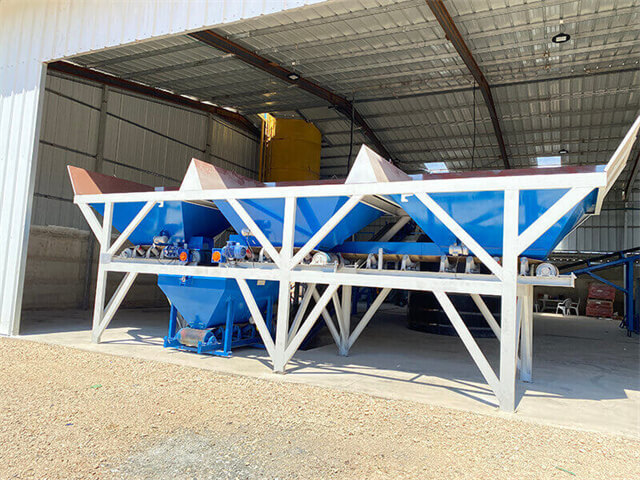
As technological advancements progressed, automatic block making machines began to integrate electronic controls, sensors, and programmable logic systems to optimize the manufacturing process. This integration allowed for precise control of the machine's operations, resulting in higher quality and consistency in the produced blocks.
Modern automatic block making machines are designed with a focus on efficiency, reliability, and versatility. They feature modular construction, allowing for easy customization and adaptation to specific production requirements. Additionally, advanced materials and components are utilized to ensure long-lasting performance and minimal maintenance needs.
The production process begins with the preparation of raw materials, including cement, aggregates, and water. In an automatic block making machine, these materials are precisely measured and mixed according to specific formulations to achieve the desired block characteristics.

Once the raw materials are prepared, they are fed into the block making machine, where they undergo compaction and shaping processes. Advanced vibration systems and molding techniques are employed to ensure uniform density and dimensional accuracy of the formed blocks.
After the blocks are formed, they undergo a curing process to gain strength and durability. Modern automatic machines may incorporate integrated curing chambers or systems to expedite this process. Once cured, the blocks are automatically stacked or palletized for storage or transportation.
With a growing emphasis on environmental sustainability, automatic block making machines have evolved to incorporate features that reduce energy consumption and minimize waste generation. This includes the implementation of efficient recycling and waste management systems within the production process.
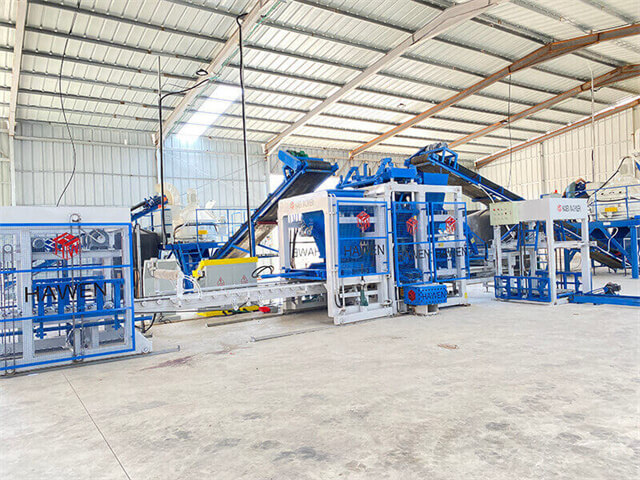
The future of automatic block making machines lies in further automation, enhanced energy efficiency, and the integration of smart technologies for real-time monitoring and control. Continuous research and development in materials and manufacturing processes will drive the evolution of these machines toward greater sustainability and productivity.
In conclusion, the evolution of automatic block making machines has been characterized by the integration of advanced technologies, modern design principles, and a focus on environmental sustainability. These machines play a critical role in meeting the demand for high-quality concrete blocks in the construction industry, and their continuous evolution promises further advancements in efficiency and productivity.
